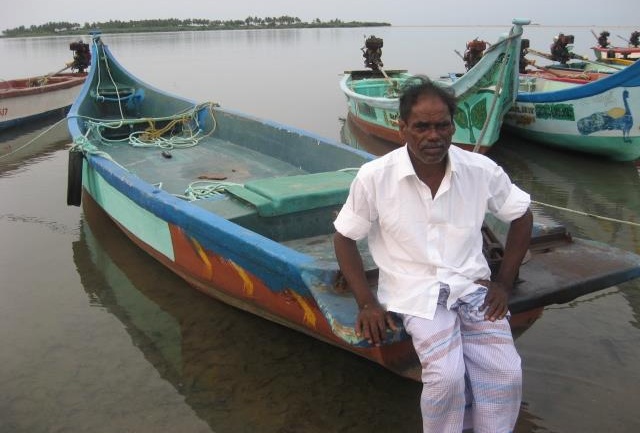International Program Manager, Bernadette Bolo-Duthy talks about the importance of celebrating the contribution of women this International Women’s Day
March 8 marks International Women’s Day, a day to recognise and celebrate inspiring women around the world and the impact they make in their communities.
It might not surprise you to know women comprise the majority of those affected by poverty. In fact, around the world, 70 percent of the 1.2 billion people making less than US$1 a day and living in ‘absolute poverty’ are women and girls.
Women currently have less access to shelter, income, water, food, education, and healthcare when compared to men.
When it comes to housing, female headed households, already among the most socially and economically vulnerable and become even more vulnerable where secure land tenure is lacking.
During my development career, I have spent around 15 years educating women about community empowerment and housing rights. Forced evictions are commonplace in many countries and families that may have lived in an area for years can find themselves uprooted and evicted from their homes found to be on government land. During the six years I lived in Cambodia, I was involved in directly supporting communities in understanding their land rights, organising themselves in the face of forced eviction and assisting them to negotiate with landowners.
During my time in Cambodia, I saw first-hand the effect of Habitat’s land rights work on women. In fact, a remarkable woman named Van Thorng from Battambang comes to mind. Her story starts in 1993, when her husband and father-in-law bought land in what the government had earmarked as a park and a garden. The money used to buy the land only allowed them to occupy the area and did not entitle them to any ownership.
In 2007, both men died leaving Van Thorng to take care of her six children alone. Without legal claim to the land Van Thorng, who now was solely providing for her family, was very worried and uncertain about the future, knowing her family could be evicted at any time.
In 2008, Habitat’s land distribution project commenced in Battambang, where I was involved in joint community and government meetings. It was in one of these consultations that I first saw Van Thorng in a corner of the old community hall, shyly listening to discussions. She became a familiar face at these community meetings which she attended regularly to learn as much as she could about the project that was helping families gain access to secure land.

Community meeting in Battambang
Van Thorng told me it was her dream to give her children a better life, and having access to secure land where she could give them a safe home would be life changing.
The home that Van Thorng and her children lived in since 1993 on the land they paid to occupy, was made from scrap wood and rusty sheet metal in an area that was prone to flooding. When I visited her house, it was submerged almost a metre deep in flood water. I wondered how she and her children could sleep with water all around them and in such a tiny room. Having lived in these conditions for so long, I was amazed at Van Thorng’s sheer tenacity and resilience. Where did she get her strength?

Living conditions in Battambang
Determined to give her family a better future, Van Thorng started saving AUD 10 cents per week and became very active in the long process of getting a new, secure piece of land on which to live with her children. She must have attended over 200 meetings.
After four years of waiting, Van Thorng, with support from the community authority, received a land certificate for a new plot of land in Battambang where her dream of owning a safe and decent home could become a reality.
Volunteers came to help Van Thorng build her new home. She actively worked side by side them and I saw such a difference in the way she behaved. She was more confident. She was talking not only to her fellow women but also to others in the community about her story. I am still in awe of the women participants in those long meetings, discussions and negotiations between government and the community. Those activities I believe, became important opportunities for them to learn how to find their voice as individuals and as a community, and allowed women like Van Thorng to be an active decision maker in her family’s future.
I am visiting Cambodia again in the next week and am excited to see Van Thorng and how she is enjoying her house, what new skills she’s learned and to hear more about new dreams she wants to pursue. I look forward to updating you on her progress soon.

Van Thorng
Skip to content
Skip to sidebar
Skip to footer


